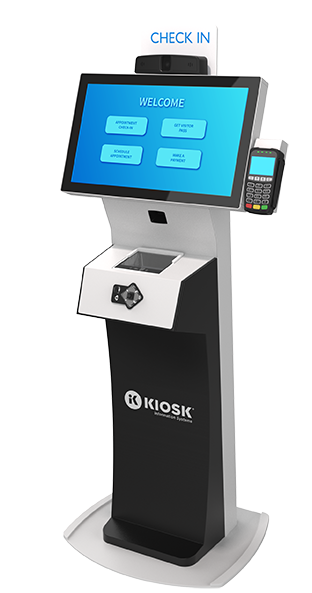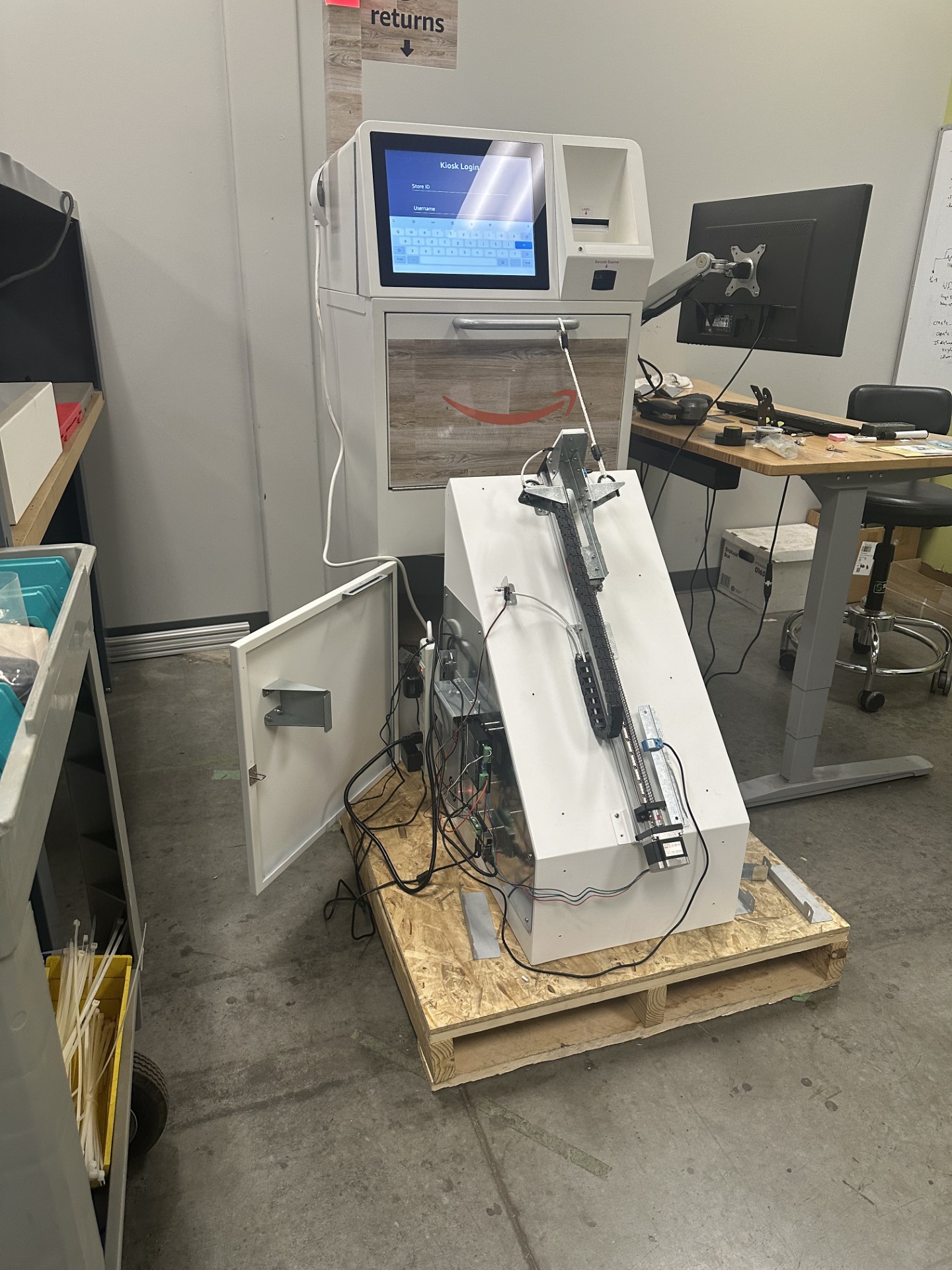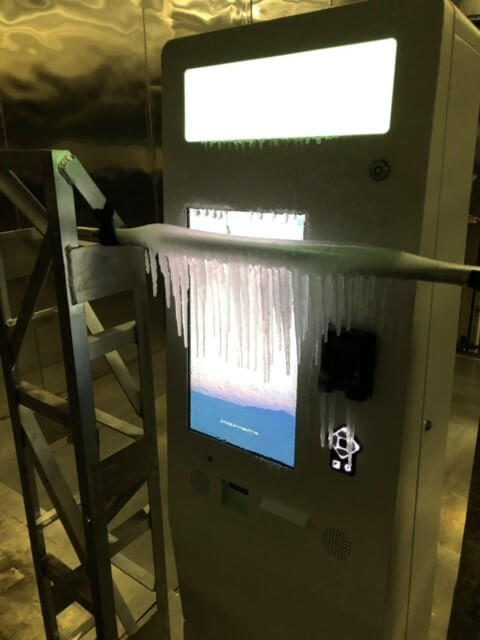Self-service kiosks are an excellent way to enhance the customer experience while reducing operational costs, and there are many considerations to take when planning a kiosk deployment for your business. Hardware design, software function, and user interface design are usually top of mind when planning a kiosk purchase.
However, simply installing kiosks in your store or venue is not enough to guarantee customer adoption. Though often overlooked, it’s equally important to consider the placement of a kiosk in the physical environment to ensure maximum success.
Optimizing kiosk placement is a critical final step in planning and executing a kiosk deployment. Foot traffic patterns, environmental factors, and ADA compliance are important to consider when planning the location of your kiosks.
Foot Traffic Patterns
One of the most crucial factors to consider when placing self-service kiosks is foot traffic patterns. Kiosks placed in high-traffic areas will amass more usage, but it’s also important to consider kiosk placement relative to other store amenities.
For example, a hotel check-in kiosk will be most successful when placed near an entrance, but before the customer passes the front desk. Similar placements are recommended for patient check-in kiosks in healthcare settings. Because kiosks are relatively new technology in many industries, customers may not think to look for the self-service option if placed behind or to the side of a traditional front desk.
In retail settings, kiosk placement depends largely on the kiosk’s function. Retail returns kiosks and bill payment kiosks will perform well when placed near a customer service desk, while self-checkout kiosks will do better within eyesight of an exit.
Regardless of your industry or kiosk function, the best placement for a kiosk is in an easy-to-find location near the area customers are already accustomed to performing these tasks.
Environmental Factors
Environmental factors such as lighting can significantly impact kiosk usage. When installing kiosks, ensure that they are not exposed to direct sunlight or other sources of glare that can make the screen difficult to read. Don’t forget to consider sun angles throughout the day if a kiosk is placed near a natural light source – a kiosk that’s perfectly usable in the morning may have glare in the afternoon.
It’s also important to consider the temperature and humidity of the environment where the kiosks are located. While indoor kiosks are designed to function in a temperature-controlled environment, outdoor kiosks can withstand extreme temperatures, humidity, and precipitation. An outdoor kiosk design should be used for any application where the kiosk is exposed to the elements, such as partially covered stadium venues or self-storage locations.
ADA Compliance
Another critical factor to consider when placing kiosks is ADA compliance. The Americans with Disabilities Act (ADA) requires that kiosks be accessible to people with disabilities. This means that the kiosk’s screen and other interactive components should be located at a comfortable height for wheelchair users, and that the kiosk should be equipped with text-to-speech software, navigation pads, and other accessibility features.
However, even if a kiosk is designed with accessibility in mind, it must also be placed in an accessible location. Kiosks should be placed in an area wide enough for wheelchair users to enter and turn around. If a kiosk is located on a mezzanine, it should be accessible via a ramp.
Interactive elements need to be reachable for wheelchair users, so floor-standing kiosks should be placed on the same level as the user (not elevated on a pedestal) and countertop kiosks should have at least one unit placed in a lower position.
Conclusion
The ideal kiosk placement is highly dependent on your unique environment. As you plan your kiosk deployment, be sure to consider the path your guests travel through your business, environmental factors, and accessibility to wheelchair users and others with disabilities.
By placing kiosks strategically, you can increase their usage and improve the customer experience. With careful planning, your self-service kiosks can become a valuable asset that saves time and money and enhances the guest experience.






